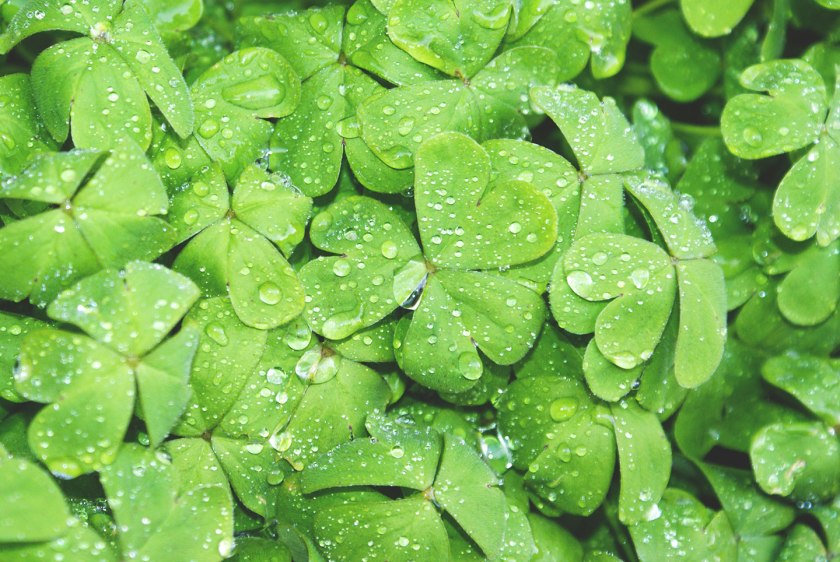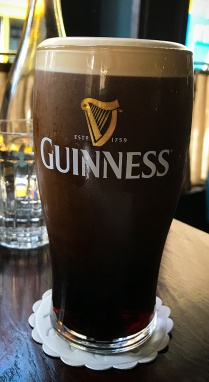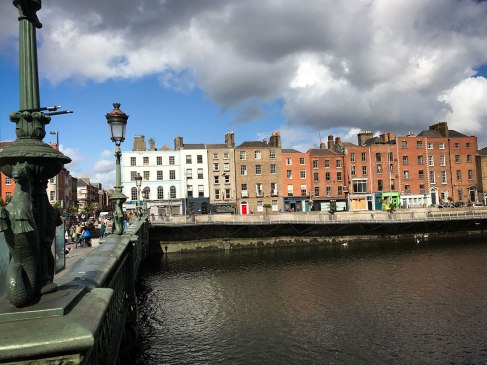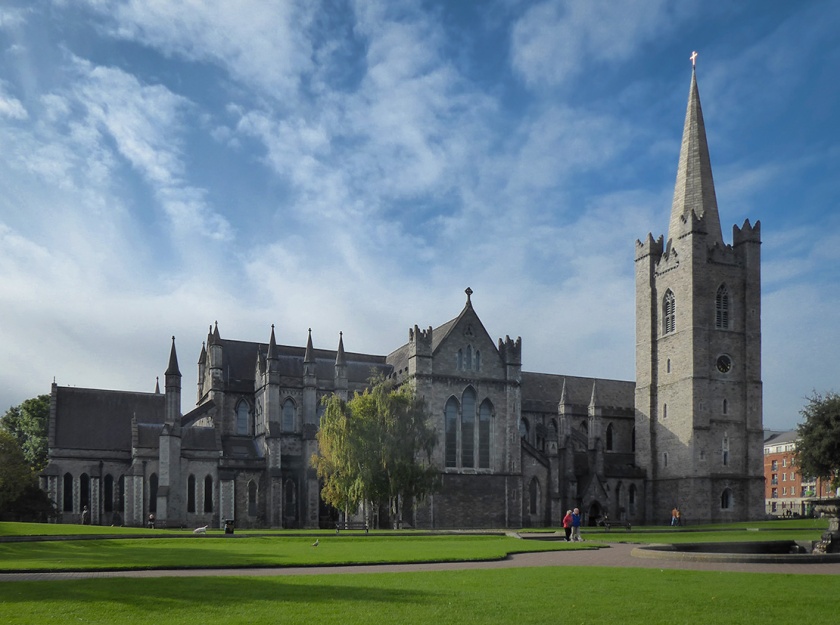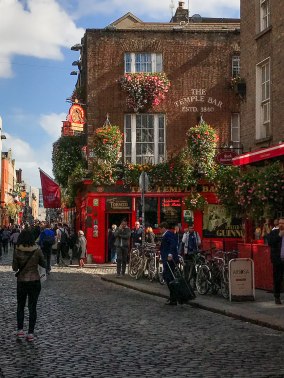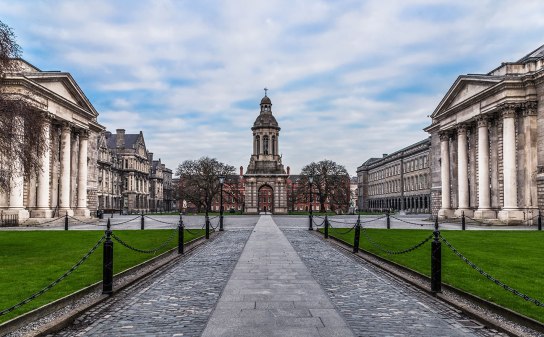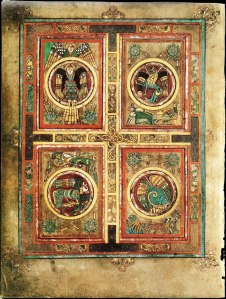
After six years living in Dublin, I’ve had to come to grips with one undeniable truth. Whether you’re a party type, a history buff, a nature enthusiast, a whiskey connoisseur, or simply want to check Ireland off the bucket list, just about everyone wants to see Dublin. And tiny Dublin is well able to meet your needs.
But, for a group of guys (“lads” in local parlance) looking to get away for a few days of male camaraderie and bonding, the Irish capital is particularly well suited to the task.
With a compact downtown that’s easily reached from the airport and boasts hotels in every price range, hundreds of bars/pubs and restaurants, whiskey shops, sports venues, and great steaks (minus the steakhouse prices), Dublin has it all. But the wealth of choices can be a bit daunting.
What follows is one American ex-pat’s highly subjective (but, of course, 100% spot on) list of stops for the “perfect” guys’ weekend in Dublin. And I’ve included a few stops where you lads can pick up something for that special someone back at home.

Kevin & Howlin (Wool and tweeds) Acting under the assumption that you’ll want to look the part of an Irishman (or know someone at home who might), this is the go-to spot for flat caps, tweed vests and jackets, and wool scarves that are easy to pack and make great gifts.
31 Nassau Street (www.kevinandhowlin.com)

Celtic Whiskey Shop (Wine and Spirits) This shop is, hands down, Dublin’s best (and most convenient) shop for everyone from whiskey aficionados to the whiskey curious. Yes, it’s in a tourist district, but the selection is so extensive, and the prices so good, that it’s the preferred whiskey stockist for locals. Bottles on offer include not just the full range of Irish whiskeys, but a deep selection of Scotch whisky as well.
The Celtic Whiskey salespeople are not pushy, offer regular tastings, good advice, and will ship your purchases home (though it’s expensive unless you’re shipping in quantity). The Celtic Whiskey Shop also has an entire wall of sample (airline-sized) whiskey bottles, so you can put together a selection of your favorites rather than buying full bottles. And for the wine lovers in your party, the other half of their name is “Wines on the Green”.
27-28 Dawson Street (http://www.celticwhiskeyshop.com

Peterson of Dublin (Tobacconists) – If you’ve left home without cigars for the weekend, or fancy a classic pipe to compliment your new flat cap, Peterson of Dublin has been supplying Dublin with pipes, cigars, and all things tobacco since 1865.


In addition to a wall full of pipes (their signature product), and a wide selection of their own branded tobacco, tools, pouches, lighters, and sage advice, they have a walk-in humidor of Cuba’s best. Yes, you heard correctly. If you’re from the U.S.A, this is Ireland, where there are no trade restrictions, so Peterson’s humidor specializes in Cuban cigars.
48-49 Nassau Street (www.peterson.ie)

Croke Park (Sports) – If you and your mates fancy a match while you’re in town, then “Croker” is the place to go. It’s Dublin’s premiere stadium, the third largest in Europe, and the home of GAA (the Gaelic Athletic Association, which promotes traditional Irish sports). Under the GAA banner, the stadium hosts Gaelic football and hurling matches. It’s also possible to catch soccer (football) and rugby matches. And, in keeping with its involvement and promotion of indigenous sports, Croke Park is also home to the GAA Museum, a fascinating repository of all things Irish sports.
Jones’ Rd, Drumcondra (www.crokepark.ie) (www.gaa.ie)

The Larder (Steaks, Wine, and Other Good Food) – The Larder is a local favorite for steaks, seafood, and a fresh twist on ‘classic Irish’ fare, Centrally located, but off the beaten path, you’d never hear of it unless a “local” told you about it (you’re welcome).
Prices are reasonable, and the Irish beef (always a good bet) is top notch. As it’s a fairly small room, it’s best to make reservations in advance (always good advice in Dublin). 8 Parliament Street www.thelarder.ie) 01-633-3581
Dublin Writers Museum (History & Literature) In a city and country known for its writers, the Dublin Writers Museum is a great place to learn the history of town and country through the lens of its creative class. The museum is also located just across the street from the Garden of remembrance, a memorial to all those who lost their lives in the struggle for Irish independence.18 Parnell Square North(http://www.dublin.info/writers-museum/)
Avoca (Irish Products and Gifts) – Also located near Nassau Street (Peterson’s, Celtic Whiskey Shop, etc.) Avoca is a sprawling emporium of wool and gifts (Irish and other).
11-13 Suffolk Street (www.avoca.com)

Pubs – I’ve deliberately avoided pubs on this list. There’s plenty online about Dublin’s several thousand pubs, and, frankly, labeling any one as “the best” or “the perfect Irish Pub” is like labeling the best “air”.
That said, you should visit your first pub in Ireland/Dublin armed with a bit of the lingo:
Cider – Hard cider. A fermented (sparkling) drink made from apples, and generally on the sweet side. “Dry” cider will be less sweet, while “medium” cider can almost be too sweet.
Crisps – In Ireland potato chips are referred to as “crisps”. And in pubs, the preferred type is usually salt & vinegar, cheese & onion, or Pringles.
Chips – In Ireland, French fries are “chips”, and are usually thick cut (chunky), as opposed to the thin cut (skinny) chips.
A Glass – A half pint. In Ireland, you’ll generally get a pint of beer or cider unless you ask for “a glass of Guinness,” etc.
Toastie – A hot ham and cheese sandwich, often made in toaster behind bar. This may well be the only food available in the pub.
Whether you’re a group of old friends or a group who’ve come together from different worlds (to celebrate a buddy’s wedding, etc.), Dublin offers a wide range of things for you to see, do, bond over, and places to buy gifts for the missus.
If you like good food, drink, sports, history, cigars, tobacco, or perhaps always fancied one of those caps John Wayne wore in ‘The Quiet Man,” Dublin is where you ought to go.
Cheers,
Glenn K.


Glenn Kaufmann is a freelance travel, food, and film journalist based in Dublin, Ireland. As a child of the American South, he has a weakness for buttermilk biscuits. As an escapee from Los Angeles, he has a love for seeing beaches and deserts in the same day. And, now, in Ireland, he’s developed a fondness for whiskey (and a collection to match).








